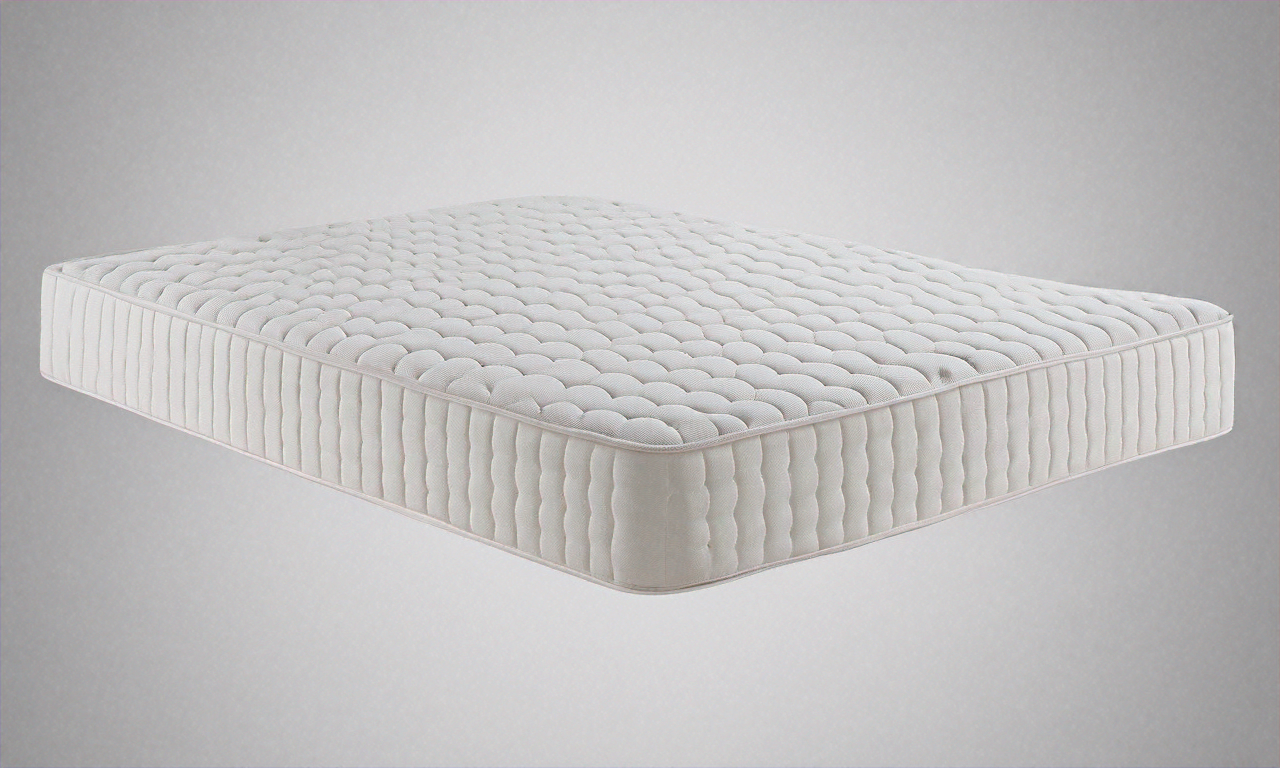Mattresses: Choosing Comfort and Support for UK Sleep in 2025
Mattresses are an essential component of sleep environments in homes across the UK. In 2025, people have access to a wide variety of mattress types, from memory foam and pocket-spring models to hybrids designed for different preferences. As interest in sleep quality continues to grow, many UK households are researching materials, firmness levels, and construction methods that align with their comfort needs. Choosing a suitable mattress is influenced by factors such as body support, sleeping position, and heat regulation. This article outlines key considerations for understanding mattress options and developments in the UK market

What are the common mattress categories found in the UK?
The UK mattress market offers several distinct categories to suit various sleeping preferences. Memory foam mattresses have gained popularity for their pressure-relieving properties and ability to contour to the body. Pocket spring mattresses, featuring individually wrapped coils, provide responsive support and are ideal for those who prefer a more traditional feel. Hybrid mattresses combine memory foam layers with pocket springs, offering a balance of comfort and support. Latex mattresses, known for their durability and natural materials, appeal to eco-conscious consumers. Additionally, adjustable air mattresses allow users to customize firmness levels, catering to couples with different preferences.
What considerations are crucial when selecting a mattress?
When choosing a mattress, several factors should be taken into account. Sleeping position is a primary consideration, as side sleepers may benefit from softer surfaces that cushion pressure points, while back and stomach sleepers often require firmer support. Body weight also plays a role, with heavier individuals typically needing more support to prevent sinking. Temperature regulation is another important factor, especially for those who tend to sleep hot. Some mattresses incorporate cooling technologies or breathable materials to address this concern. Additionally, consider any specific health issues, such as back pain or allergies, which may influence your choice of mattress type and materials.
How do memory foam and pocket spring mattresses compare?
Memory foam and pocket spring mattresses offer distinct experiences and benefits. Memory foam conforms to the body’s contours, providing excellent pressure relief and motion isolation. This makes it ideal for those with joint pain or light sleepers easily disturbed by a partner’s movements. However, some users find memory foam retains heat and can feel too enveloping. Pocket spring mattresses, on the other hand, offer more breathability and a responsive feel. They provide good support and are often preferred by those who like a more traditional mattress feel. Pocket springs also tend to have better edge support, making it easier to get in and out of bed. The choice between the two often comes down to personal preference and specific sleep needs.
What are the general care practices for mattresses?
Proper care can significantly extend the life of your mattress. Regularly rotating your mattress (every 3-6 months) helps prevent uneven wear. Using a mattress protector guards against spills, stains, and allergens, while also protecting the warranty in many cases. Vacuuming your mattress periodically removes dust and debris, contributing to a cleaner sleep environment. For spot cleaning, use a mild detergent and avoid saturating the mattress. Ensuring good ventilation in your bedroom can help prevent moisture buildup, which can lead to mold and mildew. Lastly, following the manufacturer’s specific care instructions is crucial for maintaining your mattress in optimal condition.
How do firmness levels impact sleep quality?
Mattress firmness plays a significant role in sleep quality and comfort. Firmness levels typically range from extra soft to extra firm, with medium-firm being a popular choice. Soft mattresses provide more cushioning and are often preferred by side sleepers or those with lighter body weights. Medium-firm mattresses offer a balance of comfort and support, suiting a wide range of sleepers. Firm mattresses provide more support and are often recommended for back and stomach sleepers or those with higher body weights. It’s important to note that firmness perception can be subjective and may vary based on individual body types and preferences.
What are the latest mattress technologies and trends in the UK?
In 2025, the UK mattress market is seeing exciting innovations. Smart mattresses with sleep tracking capabilities are gaining traction, offering insights into sleep patterns and quality. Eco-friendly materials, such as organic cotton covers and natural latex, are becoming more prevalent as sustainability concerns grow. Mattresses with zoned support systems, providing targeted comfort for different body areas, are also popular. Additionally, the rise of bed-in-a-box companies has made it easier for consumers to purchase and try mattresses with extended trial periods. Some manufacturers are also exploring temperature-regulating technologies, such as phase-change materials, to address the common issue of overheating during sleep.
When it comes to pricing, mattresses in the UK can vary significantly based on type, size, and brand. Here’s a general comparison of mattress types and their price ranges:
| Mattress Type | Average Price Range (Double Size) | Key Features |
|---|---|---|
| Memory Foam | £300 - £1,000 | Pressure relief, motion isolation |
| Pocket Spring | £400 - £1,200 | Responsive support, good airflow |
| Hybrid | £500 - £1,500 | Combines foam and spring benefits |
| Latex | £700 - £2,000 | Durable, eco-friendly, naturally cooling |
| Smart Mattress | £1,000 - £3,000 | Sleep tracking, adjustable settings |
Prices, rates, or cost estimates mentioned in this article are based on the latest available information but may change over time. Independent research is advised before making financial decisions.
In conclusion, choosing the right mattress involves considering various factors such as sleep position, body type, and personal preferences. With the diverse range of options available in the UK market, from traditional pocket springs to innovative smart mattresses, consumers can find a mattress that provides optimal comfort and support for their unique needs. By understanding the different mattress types, care practices, and emerging trends, UK sleepers can make informed decisions to improve their sleep quality in 2025 and beyond.




